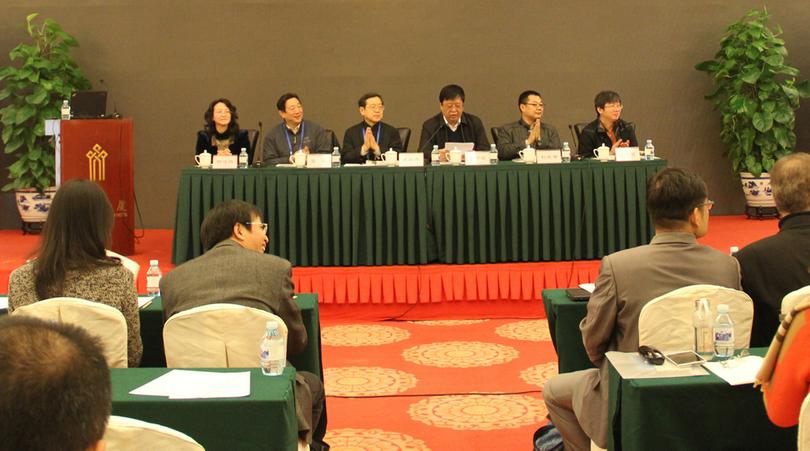International Seminar of "Sinicization of Christianity in China" was opened in Beijing, Nov. 20th, 2015. The seminar was sponsored by the World Religion Research Institution of Chinese Academy of Social Sciences, Chinese Religion Society, the CCC/TSPM of Beijing, and Christianity Research Center of Chinese Academy of Social Sciences.
It is reported by some attendees that officials from Chinese religion management departments, Chinese church leaders, and nearly 150 experts, scholars and pastors from Hong Kong, Taiwan, America and Finland attended the seminar. Experts who attended from Hong Kong, Taiwan, and overseas include Prof. Miikka Ruokanen at University Helsinki, Prof. Diane Obenchain at Fuller Theological Seminary, Rev. Wei Tixiang, the President of Cross-Straits Christianity Exchange Association of China, Prof. Hakan Granberg at Daofengshan Christian Culture Research Institution, Prof. Paulos Huang at University of Helsinki, Rev. Leung Yinsing at Hong Kong Culture Regeneration Research Society, etc.
The two-day seminar went through thorough discussions concerning the history, current situation, theories and practices of sinicization of Christianity.
Mr. Zhuo Xinping, the Director of the World Religion Research Institution of Chinese Academy of Social Sciences gave the opening speech. He stressed that the sinicization of Christianity was an old yet forever new topic and the process is still complicated yet changeable. Therefore, we should remember the past, focus on the present and expand our territory in the future. Since universality was manifested through localization, we should pay more attention to cultural adaptation, integration and innovation. Universality should not be separated from localization. He believed that Christianity could become a part of the Chinese culture and the Chinese culture needed to absorb Christian culture. When looking back on the history and analyzing the status quo, he supposed that the two should add beauty to each other through blending the essence of Chinese and Western culture as well as combining each other's advantages.










